'Rodent rat,' parasite-spreading fish, and more join Ont. invasive species list
As of January 1, 2024, 12 new species have been regulated under the Ontario Invasive Species Act (ISA) to limit their spread within the province.
Under the act, two classes of regulated invasive species are prohibited and restricted. There are new additions under each category this year.
Prohibited species
Under the ISA, it is illegal to import, possess, deposit, release, transport, propagate (breed/grow), buy, sell, lease, or trade prohibited invasive species, according to a statement by the Government of Ontario.
It's important to note that none of the prohibited species have been documented in Ontario ... yet. But officials are taking precautionary steps because should they cross the border they could establish quickly, leading to potentially devastating environmental effects.
As of January 1, 2024, the following species are now prohibited in Ontario:
Ide (fish)
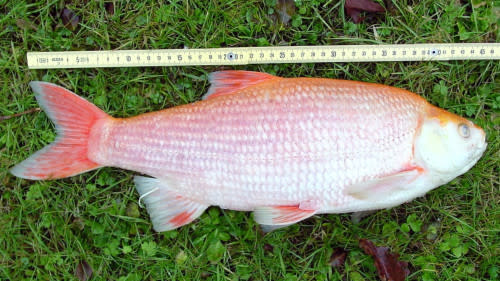
Pictured here: an ide, also sometimes referred to as an orfe. (Wikipedia/Hcloos) CC BY-SA 2.5
Officials are worried about the species' potential to introduce parasites and diseases and compete with native fishes.
The fish has not yet been found in Canada or within the Great Lakes basin, but has been widely introduced across the United States.
Native to northern Europe and West Asia, ides could enter Canadian waterways through accidental aquarium release or through the aquarium trade.
Eastern and Western Mosquito Fishes (fish)
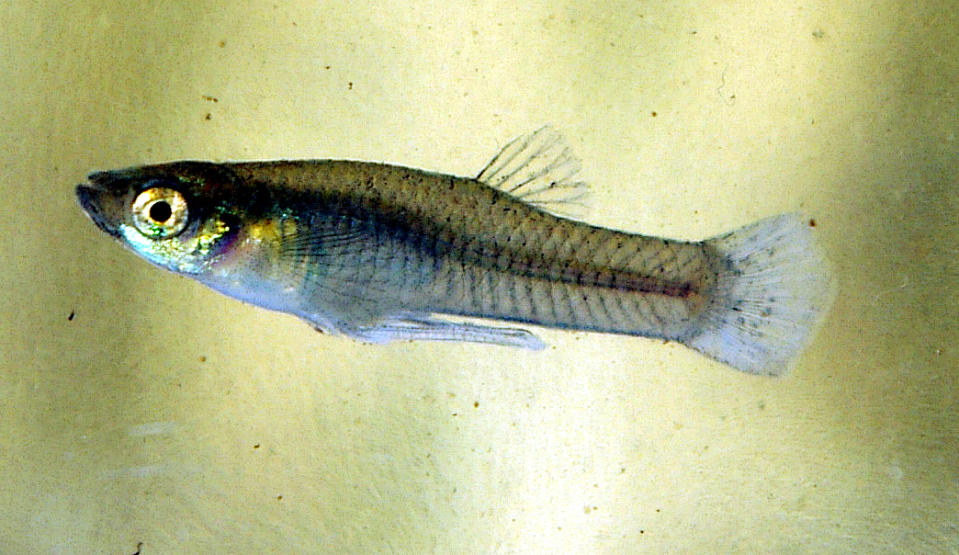
A male mosquitofish. (Wikipedia/NOZO) CC BY-SA 3.0
Native to North and Central America, this species can be found in the Mississippi River basin.
Eastern and Western mosquito fish are established widely in the west, mid-west, and northeastern U.S.
In Ontario waterways, the fish could outcompete native species for food and by consuming the eggs of other fish.
In some places, mosquitofish were introduced intentionally to curb mosquito populations, because they eating the insect's larvae.
In Sochi, Japan, there is a monument dedicated to the mosquito fish, because it helped eradicate local cases of malaria, a serious illness spread by a certain mosquito species.
Red Shiner (fish)
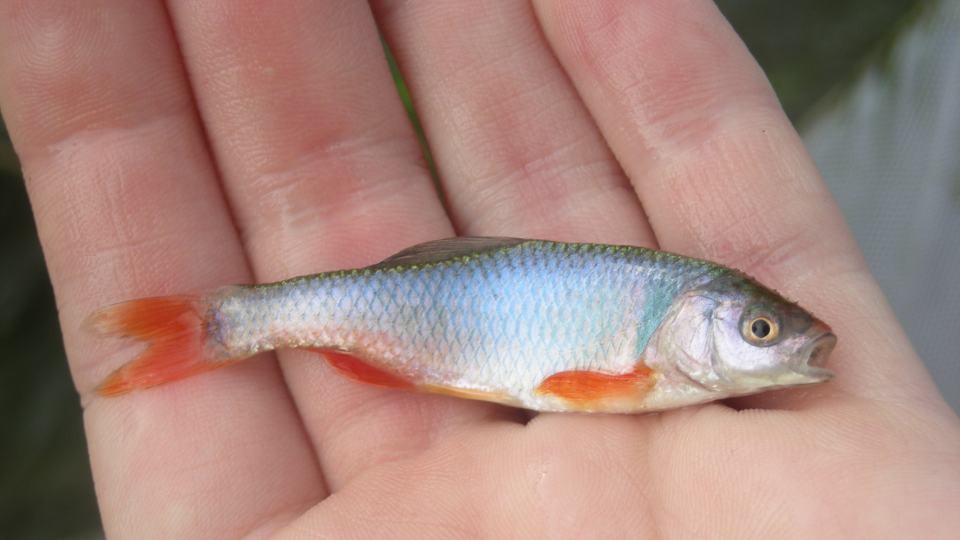
A male red shiner. (Wikipedia/Marine discovery) CC BY-SA 4.0
This species is native to our neighbours in the United States and found in large numbers in the Mississippi River basin and the Gulf of Mexico.
So far, there have yet to be any known introductions outside the U.S., but officials are worried the fish could enter Ontario through bait bucket releases.
Sold in the aquarium trade under the name Rainbow Dace, the species could also enter Canadian waters through aquarium release.
In Ontario waterways, officials fear it would reduce biodiversity by preying on the eggs of native fish. It could also introduce parasites into the ecosystem.
Oxygen Weed (aquatic plant)
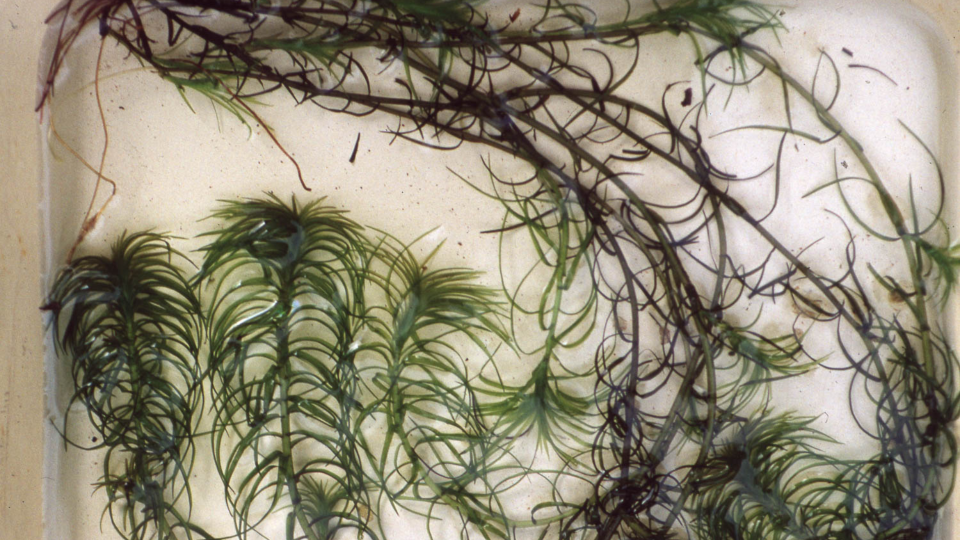
(Wikipedia/Dr Mary Gillham Archive Project) CC BY 2.0
Native to parts of Africa, including Botswana, Lesotho, South Africa, Zambia, and Zimbabwe, this plant has established populations in Australia, New Zealand, France, Italy, Switzerland, Ireland, and the United Kingdom.
Should ornamental ponds adorned with the plant flood, the species could enter into surrounding waterways, forming dense colonies that can outcompete native species and clog the water to the point that recreational activities, like boating and swimming, would become impossible.
Nutria (mammal)
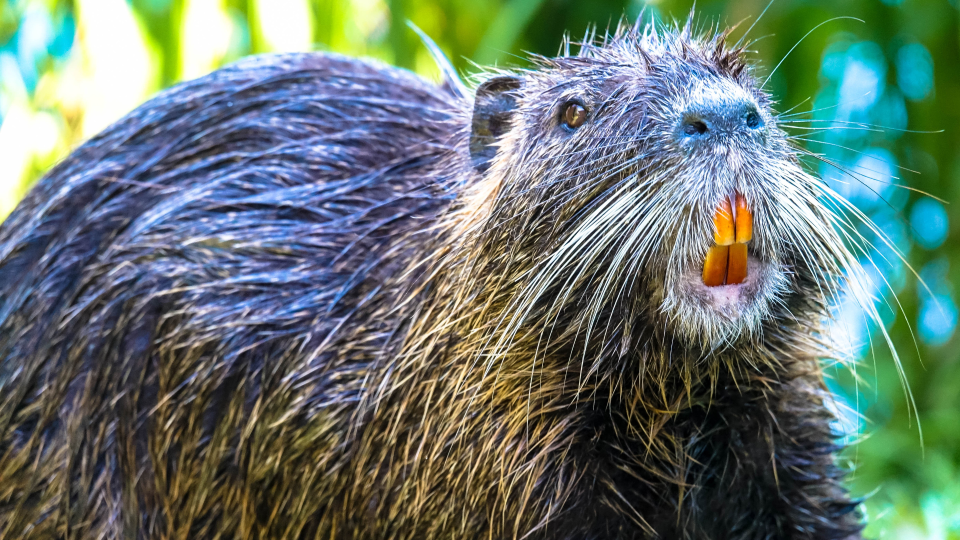
Scary orange teeth and parasites: the nutria has it all. (Canva Pro).
The nutria -- or "river rat" to some -- is making headlines for its inclusion on the list, due to its "scary orange teeth" and propensity to burrow and forage, increasing flood risks, and its potential to spread parasites and diseases to humans, pets, and livestock.
If it were to become established, it could destroy coastal wetlands due to its semi-aquatic nature, government officials warn.
While not in Ontario, it has been documented in British Columbia. Most of the introductions in Canada and the U.S. are from the accidental or intentional release from fur farms, government officials say.
Genus Salvinia (Watermoss – aquatic plant)
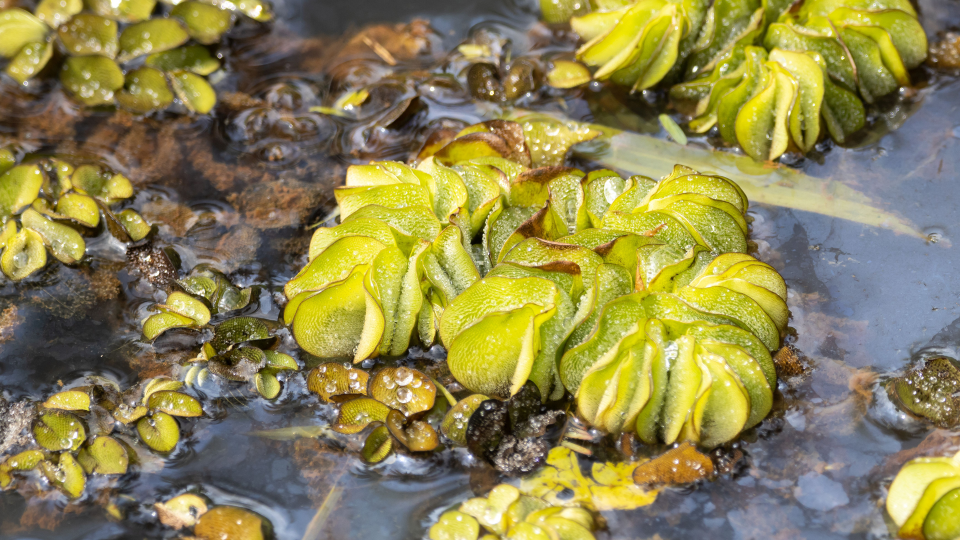
File photo via Canva Pro.
Possible consequences of an established population include the formation of dense colonies that could overshadow native plants, negatively influencing water quality, and hindering recreational activities like boating and swimming.
Genus Procambarus and Genus Pacifastacus (Crayfish)
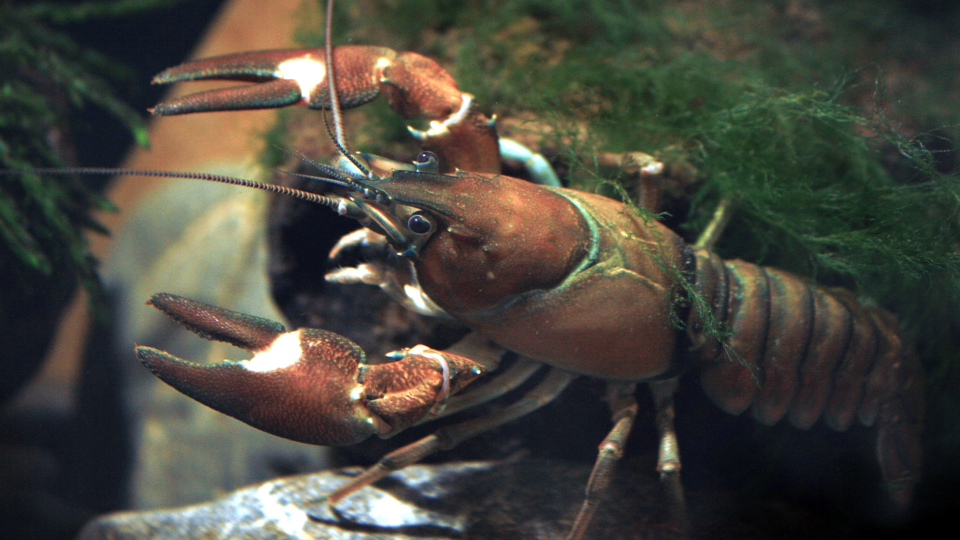
A female signal crayfish, part of the Pacifastacus genus. This species is considered invasive in Ontario. (Wikipedia/Astacoides) CC BY-SA 3.0
These invasive crayfish could threaten Ontario's native crayfish and other fish species, competing with them for food and shelter.
But members of this genus aren't invasive everywhere in Canada. Some Pacifastacus are native to parts of British Columbia, including Vancouver Island, Okanagan, and Lower Mainland).
Restricted species
Restricted species cannot be deposited or released in Ontario and cannot be brought into a provincial park or conservation reserve.
Unlike the prohibited species, most of these are already present in Ontario.
Eurasian Water-milfoil (aquatic plant)
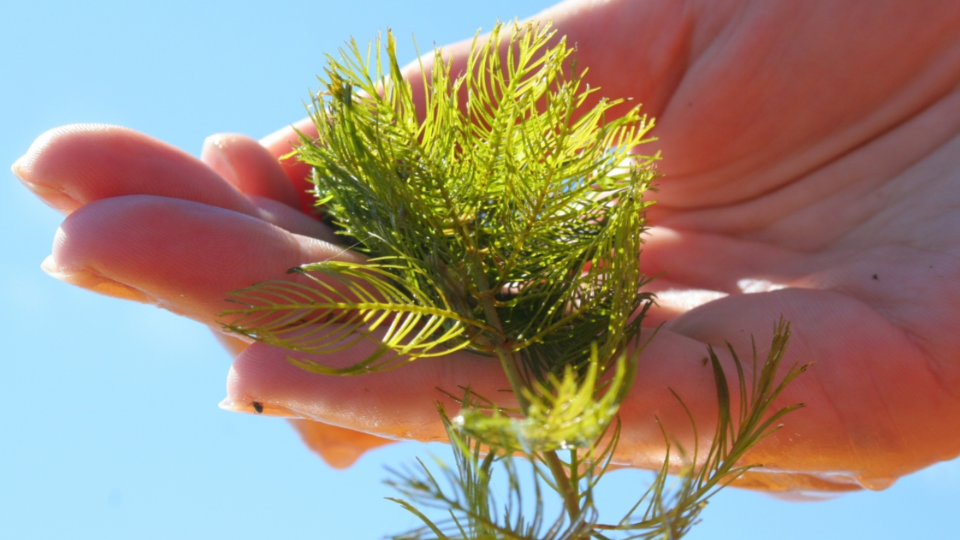
(Ontario Invading Species Awareness program)
Native to Europe, Asia, and Northern Africa. In Ontario, the Eurasian water milfoil has been spotted in southern and central Ontario, reaching as far north as Sault Ste. Marie and Sudbury.
The plant is established on every continent except Antarctica and spreads quickly because it attaches to boats, trailers, and fishing gear.
It will also naturally drift into connected waters.
Once established, it can form dense colonies that make recreational activities difficult and create an environment where mosquitoes thrive.
Floating Primrose-willow (aquatic plant)
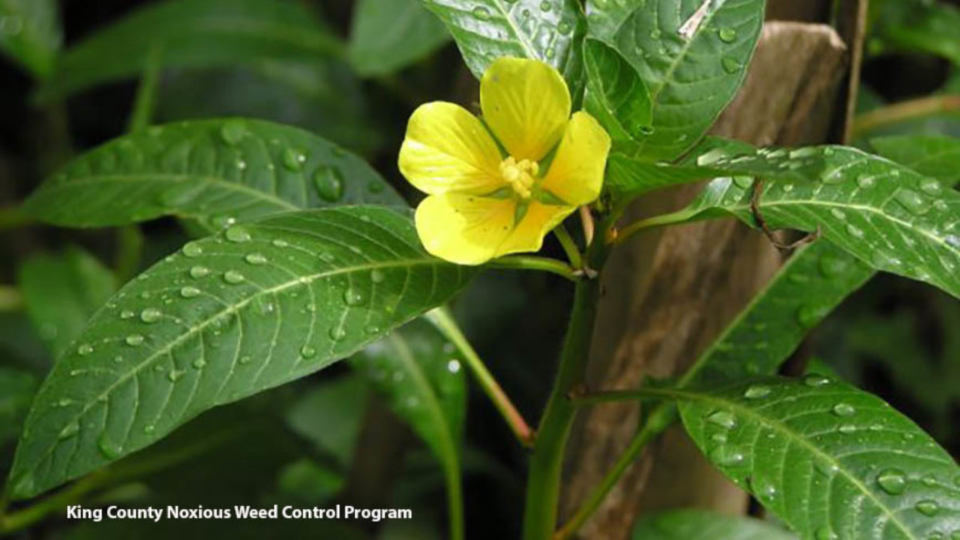
(King County Noxious Weed Control Program)
Native to South America and the Southeastern United States, this plant could already be present in the Lake Erie/Lake St. Clair basin.
Stem fragments move quickly between connected waterways with the help of natural currents and wildlife. Boating can also spread the plant.
Like many other plants here, floating primrose-willow could create dense colonies, choking out other plants.
Flowering-rush (aquatic plant)

(Ontario Invading Species Awareness Program)
Native to Africa, Asia, and Eurasia, the flowering rush has established populations in every Canadian province.
You'll find it in Ontario in Erie and St. Clair lakes and the western St. Lawrence River, alongside other smaller lakes, rivers, and ponds.
Sometimes used as an ornamental garden plant, the flowering rush can quickly spread to other uncontrolled environments. Once established, it can reduce habitat for native fish while increasing habitat for invasive fish.
Tree-of-heaven (terrestrial plant)

(Wikipedia/Darkone) CC BY-SA 2.5
This Asian plant is already in British Columbia, Ontario, and Quebec.
It was introduced through horticultural practices. Human activities like construction and forest management, facilitate its spread, not that it needs much help. It has been called "fast growing" and "opportunistic', commonly found in distrubed soil and industrial areas. A fact sheet by The Connecticut Agricuatural Experiment Station says the tree carries an "strong unpleasant odour," similar to that of burnt peanuts.
The tree changes the soil's chemical makeup around it, reducing nutrient and light availability for nearby plants. It is associated with fungal pathogens and a preferred hangout for the spotted lanternfly, an invasive species that is known to cause millions of dollars in damages to crops, and poses a threat to Ontario's wine industry.
Genus Azolla (Water Ferns – aquatic plant)
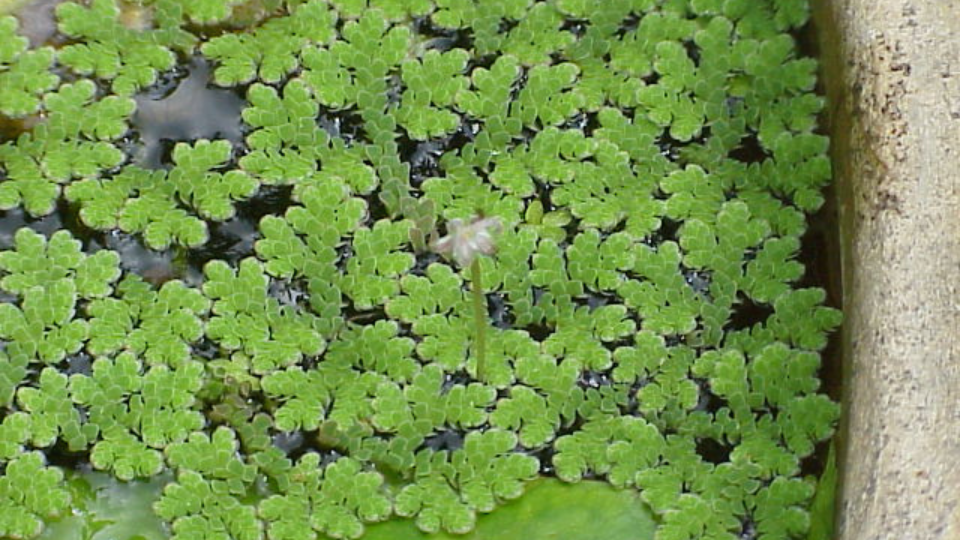
(Wikipedia)/Kurt Stüber) CC BY-SA 3.0
There are no documented reports of the seven species within this genus in Ontario, but it can be found worldwide.
Migrating birds, contaminated boats, or intentional release of aquarium contents spread it.
Once established, invasive populations pose a risk to wild rice populations.

